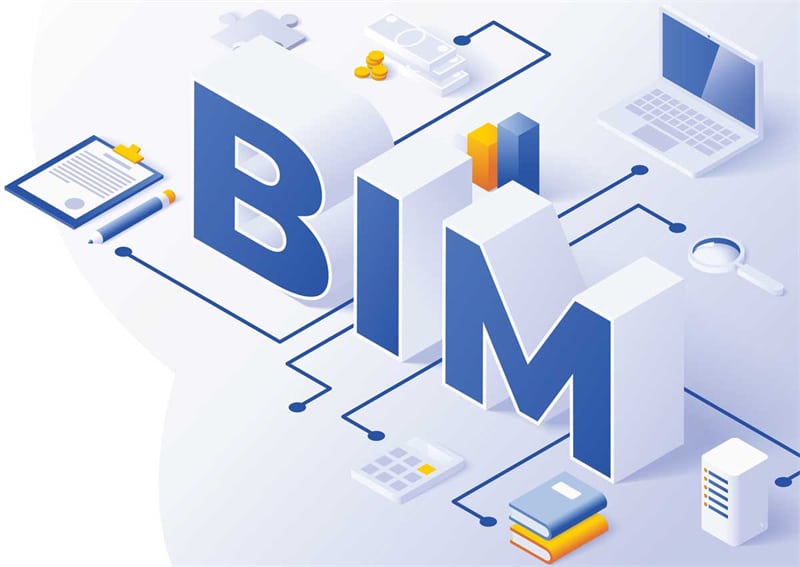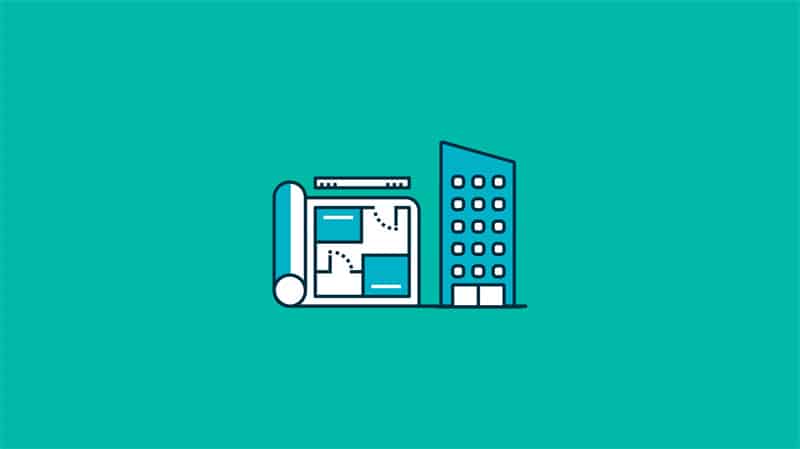
Explore how modern BIM software is revolutionizing design in the AEC industry, ensuring accuracy and efficiency.
In the last four years, BIM-Software has transformed the way professionals design, plan, and execute projects in the AEC (Architecture, Engineering, and Construction) industry. This digital representation tool not only streamlines processes but also ensures greater accuracy and efficiency. Spearheaded by the software developer Autodesk, international developers have since refined the Building Information Modeling software for various applications. Today, we are looking at the new generation of specialized BIM software end its enhanced abilities.
What is BIM Software?

BIM, or Building Information Modeling, is a digital representation of the physical and functional characteristics of a building or infrastructure. BIM software facilitates this representation, enabling professionals in the AEC industry to work more efficiently.
Here's a breakdown of what BIM software does:
- 3D Modeling: Unlike traditional 2D design tools, BIM software allows for the creation of three-dimensional (3D) models of a building or infrastructure. This visual representation assists in better understanding the spatial relationships, geometry, and other critical aspects of the structure.
- Information Management: BIM is not just about creating 3D models; it's about embedding data within the model. This means each element of the model (like a wall or a window) can have information associated with it, such as its material properties, cost, lifespan, etc.
- Collaboration: Multiple stakeholders, including architects, engineers, contractors, and clients, can work on a BIM project simultaneously. This collaborative approach ensures that all involved parties have a unified vision and understanding of the project.
- Lifecycle Management: BIM software provides tools and capabilities that support a project from its initial design phase through its construction and even its operational life. It helps in predicting and managing how a building will behave over its entire lifecycle.
- Simulation and Analysis: BIM allows for simulations and analyses, such as energy consumption predictions, structural analyses, or lighting simulations, providing insights that can guide better design and construction decisions.
In essence, BIM software offers a comprehensive approach to building design and management, aiming to improve efficiency, reduce errors, and enhance collaboration among all stakeholders.
A New Generation: Specialized BIM Software

Modern BIM software has built on Autodesk's original concept and refined it for specialized use. One example is Stabicad for Revit, a BIM variant for mechanical and electrical design. Here are some of the benefits of using this new generation of BIM software:
- An Integrated BIM Tool: In the past, engineers and architects often had to switch between different software solutions to address varying facets of a project. Stabicad presents a fully integrated BIM solution, streamlining the workflow and allowing both mechanical and electrical designs to be created and edited within a unified space.
- Higher Efficiency and Productivity: By amalgamating mechanical and electrical design functionalities within a single tool, Stabicad eliminates the need for redundant work and decreases the risk of errors stemming from transferring information between diverse platforms. This leads to accelerated project execution and increased accuracy.
- Trusted Calculation Capabilities: A standout feature of Stabicad is its powerful integrated mechanical calculations, which have been verified by CIBSE's Software Verification Assessment. This provides engineers with the confidence that their designs are not only innovative but also technically correct and reliable.
- Adaptability to Global Standards: With the incorporation of ProDesign's robust electrical calculation services and databases compliant with BS 7671, engineers can perform complex and compliant calculations aligning with IET Wiring Regulations and other international standards.
In conclusion, Stabicad for Revit offers a platform that bridges the gap between mechanical and electrical design, thereby setting a new benchmark for integrated BIM solutions in the AEC industry.
Conclusion
As we transition further into the digital age, the advancement in tools like BIM software continues to redefine the paradigms of the AEC industry. Over the years, we've seen Building Information Modeling evolve from merely a conceptual framework to a robust, multidimensional tool that not only aids in visualization but also infuses projects with enhanced accuracy, collaboration, and efficiency.
Specialized tools, like Stabicad, epitomize this evolution, showcasing how enhanced BIM software can hone in on niche requirements, further refining and optimizing project outcomes.










